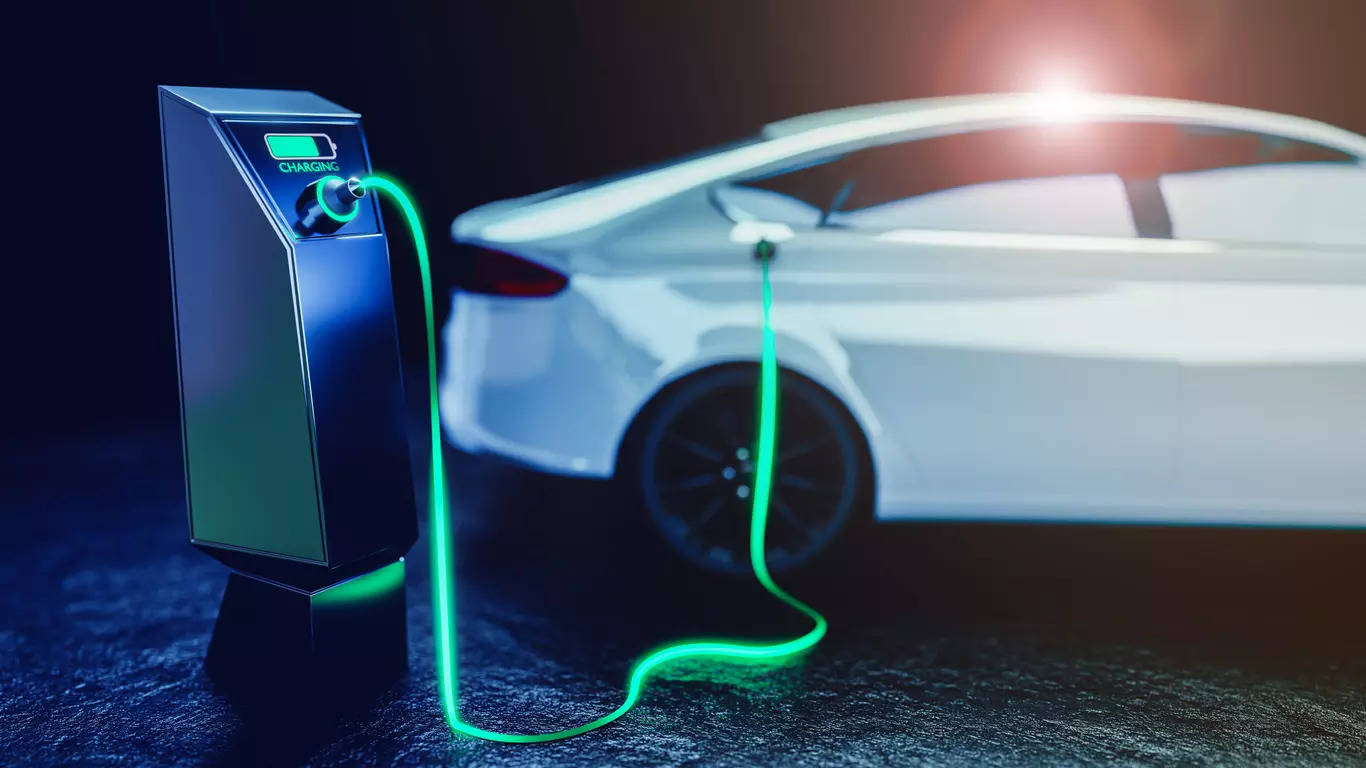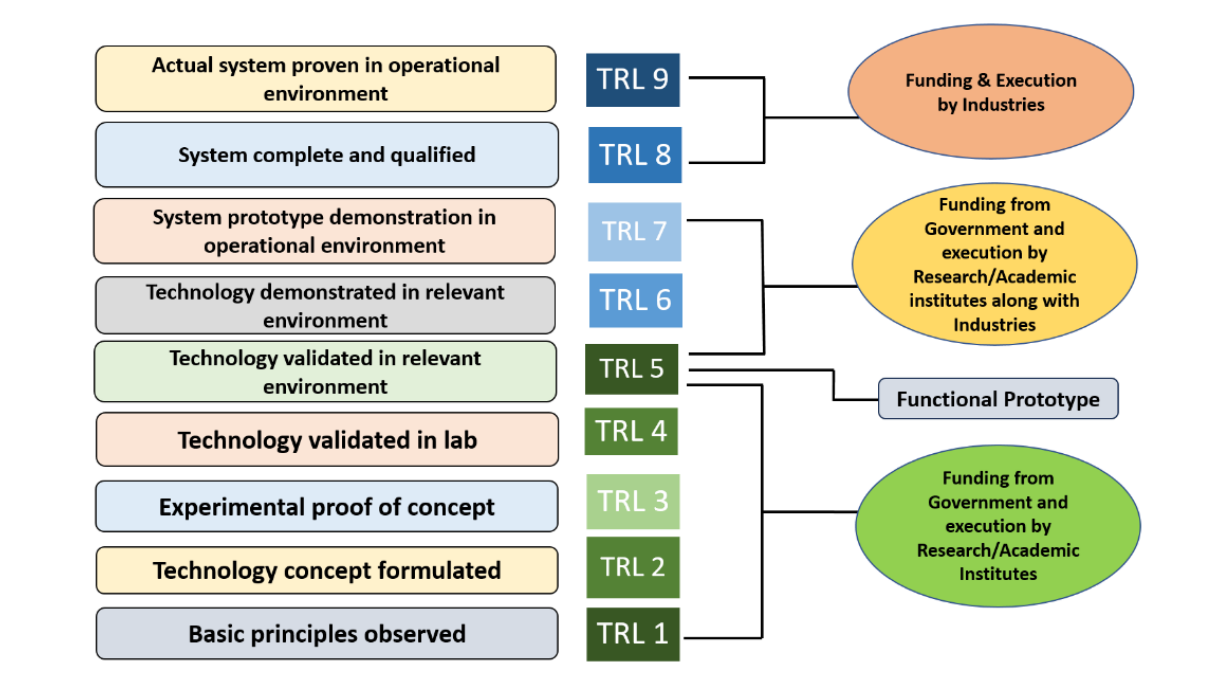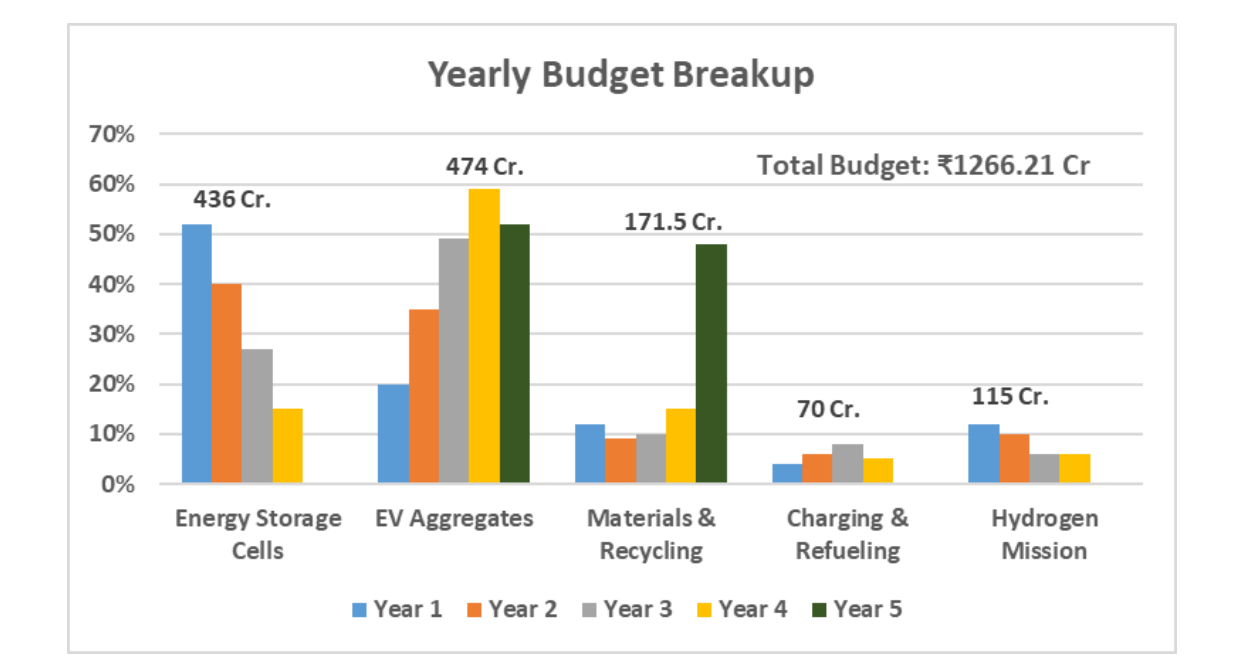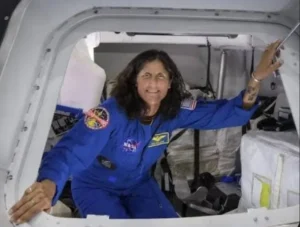
New Delhi: To identify the roadmap that India will have to take in order to attain global leadership in value and supply chains five years down the line, the office of Principal Scientific Adviser (PSA) to the Government of India (GoI) has launched a detailed report on Tuesday.
The roadmap is prepared by Automotive Research Association of India (ARAI) under the guidance of a panel of experts from government, academia, and industries. It categorizes research projects into four areas– Energy Storage Cells, EV Aggregates, Materials and Recycling, Charging and Refueling.
The report emphasises on India’s need to focus on white spaces in global electric mobility R&D space. This includes the fundamental science behind the manufacturing of highly promising materials such as Graphene, research and productization of new storage chemistries, and production engineering of Level 3 and Level 4 items in the Bill Of Materials in eMobility- for items such as Wide Band Gap devices, Fuel Cell membranes, Cell Separators, etc.
It highlights research projects for 34 critical areas of electric mobility, with an estimated a cost of INR 1151.65 crore during a span of next five years.
The estimated budget is inclusive of new equipment required for the projects. It is also influenced by technological risks identified for each project. For urgent and high priority research projects, multiple parties are involved to ensure a high success rate. Thus, the estimated budgetary funds are also considered by multiple parties.
According to Prof Ajay Kumar Sood, PSA to GoI, various government departments and ministries will be reached out for funding. This could include the National Research Foundation, NITI Aayog, Ministry of Road Transport & Highways (MoRTH), Ministry of Heavy Industries (MoHI), Ministry of Science and Technology.
Considering the hydrogen mission, the budget allocation goes over INR 1200 crore for the next 5 years.
The report has categorized funding requirements as per technology readiness levels (TRL). For projects with TRL range from 2 to 5, it is expected that research institutions/labs and academia will take the lead in developing technologies, with support, engagement, and commitment from industry. From TRL-6 onwards to TRL-8, the industry shall take the lead in commercial activities and production. For critical research projects with very high risk in achieving targets, the estimated budget is divided equally between two or more parties for research & development and a separate budget is assigned for pilot manufacturing.

It suggests a need for all the higher-risk phases to be funded publicly with suitable provisions for IPR- and the industry support is initially limited to non-fiscal and non-management obligations. Once there is success demonstrated in lab scale, industry engagement in terms of investments as well as project management or lead are to be ramped up from proof of concept (PoC) to pilot to industrialisation- the last phase being the largest investment and entirely funded by Industry.
Presenting a summary of the report, Prof. Karthick Athmanathan, PSA Fellow and Professor of Practice, IIT Madras, stressed on the need to reduce India’s import dependency.
India is known for its frugal engineering and development cost. Currently, we are in the phase of experimentation and failure. We need to bring more risk takers on the industry, government and academia level, he added.







